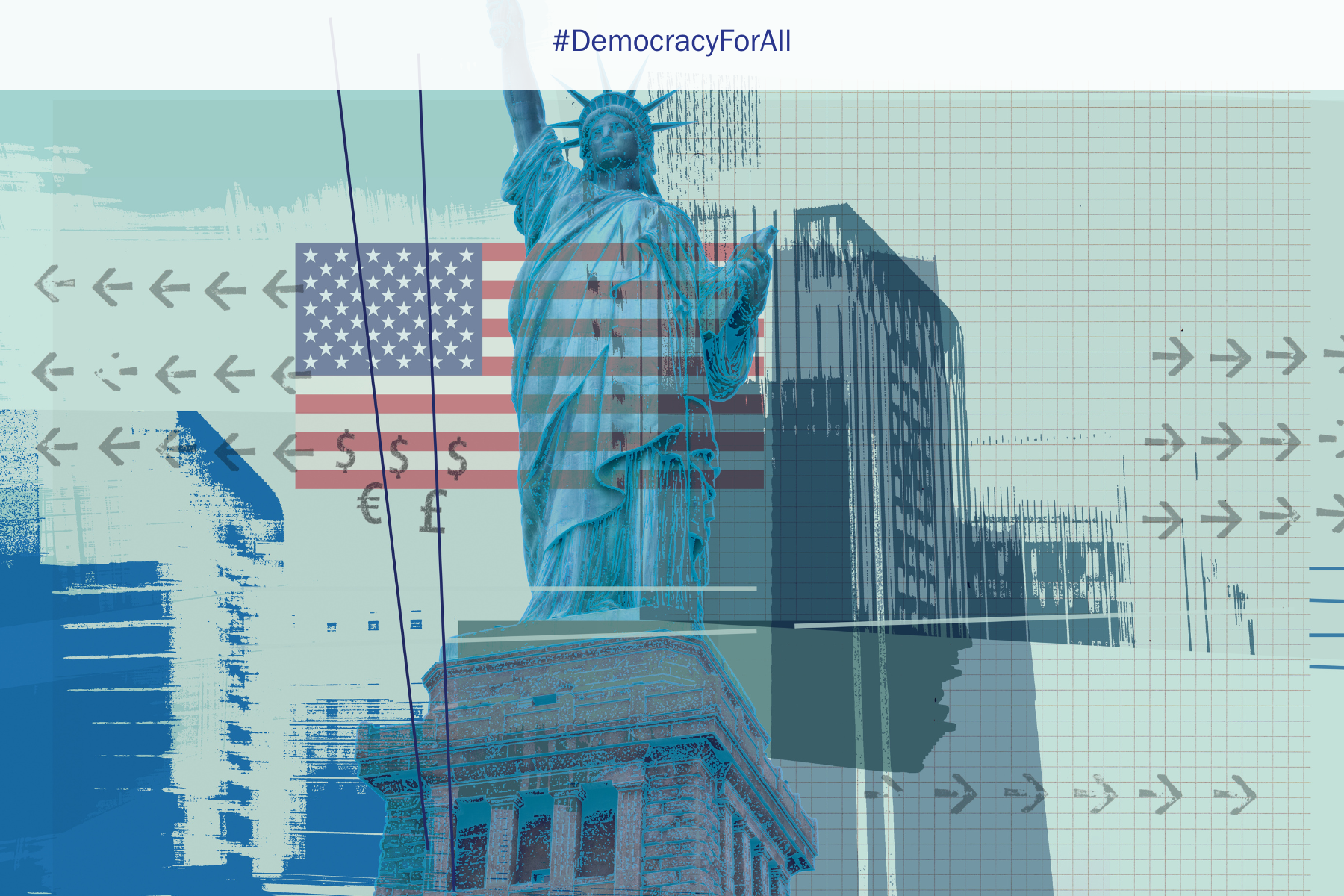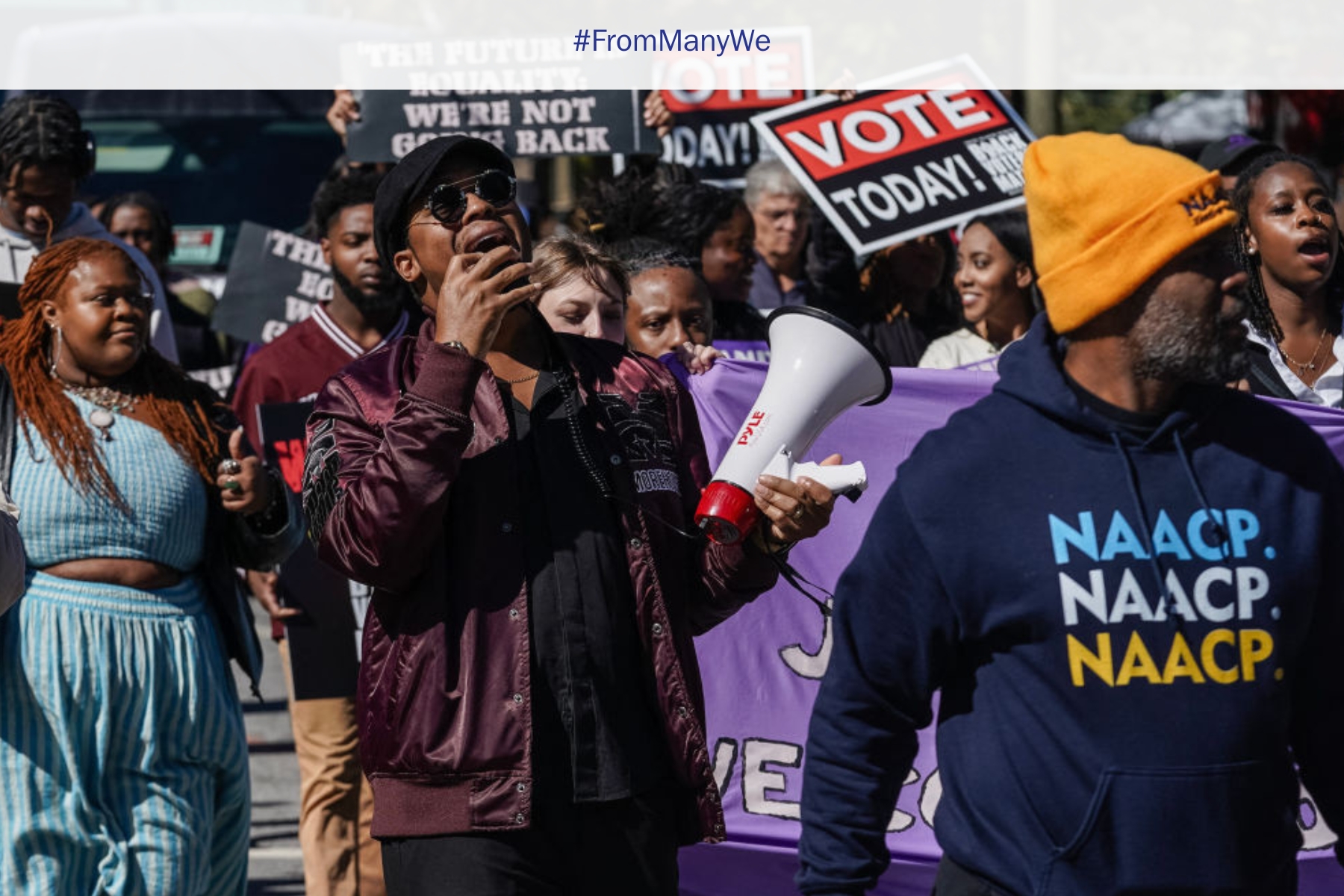Protecting Educational Equity in America: A Critical Call to Action for State Legislators

Over 70 years ago, the United States experienced a major shift in education and social policy. The landmark Supreme Court decision in Brown v. Board of Education (1954) exposed how the legalization of racism created systemic inequities in education that could only be remedied through law and federal oversight. Today, we stand at a crossroads with little light ahead. Whereas the federal government once provided some level of protection for the most vulnerable segments of the population, the transfer of power back to the states will result in inequality by federal design unless states take the lead in ensuring educational equity for all students.
The current administration has already taken action to dismantle the Department of Education with plans to hand over power to the states while simultaneously weakening the civil rights laws that were established to provide safeguards from discrimination. The decades of civil rights progress made since Brown is endangered unless state policymakers and advocates take action to protect the values central to the desegregation mandate: access, equality, human dignity, justice, and opportunity. Ensuring equity in education is a moral imperative. It is also a foundational step to truly building an inclusive democracy.
The Legacy of Brown
Brown v. Board of Education demonstrated two undeniable truths in the United States: first, the “separate but equal” doctrine was inherently flawed; and second, the legalization of racism created systemic inequities throughout every facet of American society. The promises made of desegregation and equal opportunity provided a framework for equity advocates, even those outside of racial justice, to reimagine a society that embraced diversity and was absent of bigotry. Brown also served as a catalyst for social progress, including President Lyndon B. Johnson’s War on Poverty, which laid the groundwork for the formation of the Department of Education. Within this effort, the passage of the Civil Rights Act of 1964 provided legal prohibitions of racial and ethnic discrimination in federally funded programming. Similarly, the Elementary and Secondary Education Act (ESEA) of 1965 provided funding to schools to support equal access to education for low-income students.
Despite the progress that has been made since Brown, educational disparities continue. According to The Annie E. Casey Foundation, students of color lag significantly behind their White peers in reading and mathematics. The lowest graduation rates are held by Black (81%) and American Indian/Alaskan Native (74%) students, according to the National Center for Education Statistics. In addition to racial bias, other factors such as socioeconomic status, geography, and access to resources can create disparities in education.
Segregation in schools is also on the rise. As documented by Stanford University’s Segregation Explorer tool, racial-economic segregation in schools has been steadily increasing since the 1980s, primarily as the result of policy choices, such as lifting of court desegregation orders, redlining, and school district consolidation. We can expect a widening gap as today’s educational landscape faces alarming threats and presents an image of retrenchment that would be damaging for all students, especially students of color, those with disabilities, and students who are LGBTQ+.
The Current Crisis in Educational Equity
Emerging patterns in educational policy suggest systemic changes that would reinforce existing inequities. As written in Project 2025, the future landscape of education suggests elimination of social programs such as the USDA’s school meal program, changes to data collection to exclude nonbinary sex categories and gender identity, termination of discrimination claims and investigations, dismissal of desegregation cases, and weakening of disparate impact. The executive order to dismantle the Department of Education presents more than just an opportunity for government reorganization. Rather, it is a part of a larger effort to strip away protections for the most vulnerable people in this country, and doing so undermines democracy.
Federal regression is already underway. With the current efforts taken by the Trump administration, we can expect disparities in funding, resegregation, increase in discriminatory practices, and a lack of culturally responsive curriculum unless the states step up to ensure equity for all students.
State Action
State constitutions differ in how they define the state-level role and responsibilities for education. Without federal oversight, states must be prepared to ensure:
- Equitable funding is provided for schools;
- Civil rights protections are enforced and monitored;
- Curriculum is inclusive;
- Accountability mechanisms are strengthened;
- Diversity and representation are promoted among teaching staff; and
- Students feel comfortable expressing their individuality and uniqueness through their educational experience.
On the state level, numerous bills have eroded civil rights and undermined equity, often framed using democratic principles (e.g. free speech, privacy, equal protection) to mask their real impact. This year alone, examples from Ohio, Kentucky, and Mississippi (SB 1, HB 4, HB 1193, respectively) have aimed to limit equity in education. While these laws are following a blueprint outlined by anti-equity advocates, equity-minded state lawmakers must be informed on their role as legislators and the potential impact of these bills, especially in the absence of the Department of Education and the appropriate civil rights enforcement mechanisms.
In contrast, some states have passed model antidiscrimination laws (Washington Chapter 49.60), created funding formulas aimed at addressing disparities (California’s Local Control Funding Formula), and established statewide policies that support diverse and inclusive curricula (Nevada AB 261). State civil rights commissions and education agencies also have a role in enforcing civil rights protections and should be monitored.
A Moral and Democratic Imperative
An educated populace is the baseline for a functioning democracy. Equity in education, especially in light of the current political environment, requires a different path to be taken—one that is led by state lawmakers who support diversity, freedom of thought, innovation, and the absence of authoritarian rule.
In the absence of federal leadership, states must now take the lead in education to protect civil rights and to guarantee every student, regardless of identity or background, has access to high-quality and equitable education.
Gabrielle Gray is a political scientist, researcher, and racial justice advocate. She is also the program manager for the Ronald W. Walters Leadership and Public Policy Center at Howard University.
From Many, We is a Charles F. Kettering Foundation blog series that highlights the insights of thought leaders dedicated to the idea of inclusive democracy. Queries may be directed to fmw@kettering.org.
The views and opinions expressed by contributors to our digital communications are made independent of their affiliation with the Charles F. Kettering Foundation and without the foundation’s warranty of accuracy, authenticity, or completeness. Such statements do not reflect the views and opinions of the foundation which hereby disclaims liability to any party for direct, indirect, implied, punitive, special, incidental, or other consequential damages that may arise in connection with statements made by a contributor during their association with the foundation or independently.








